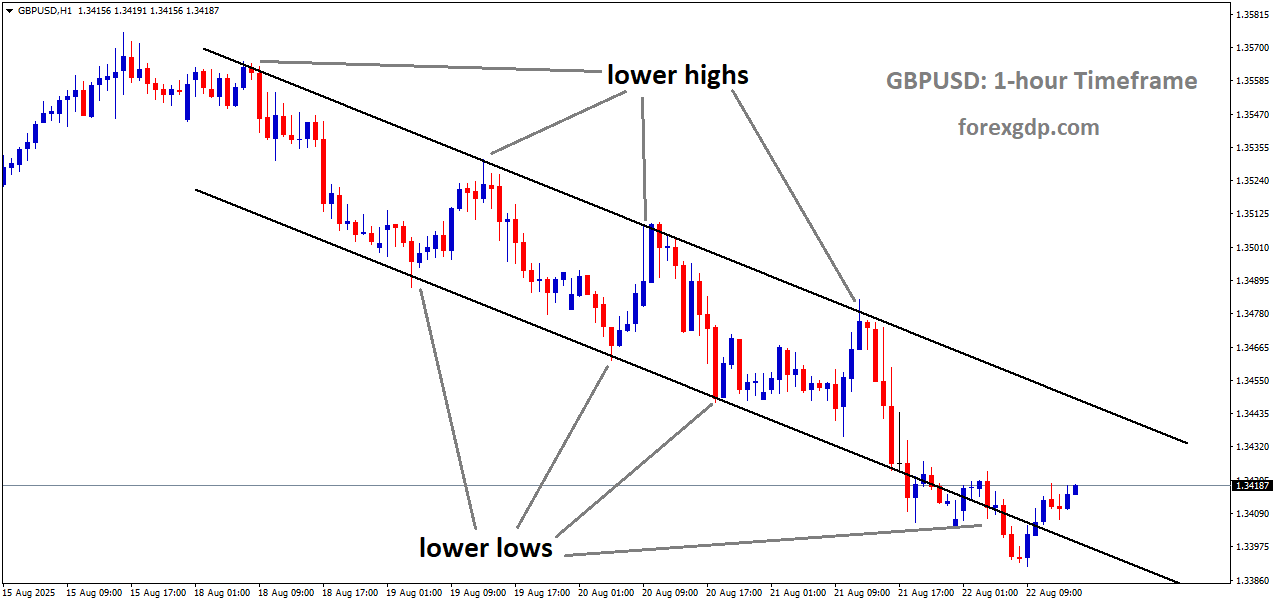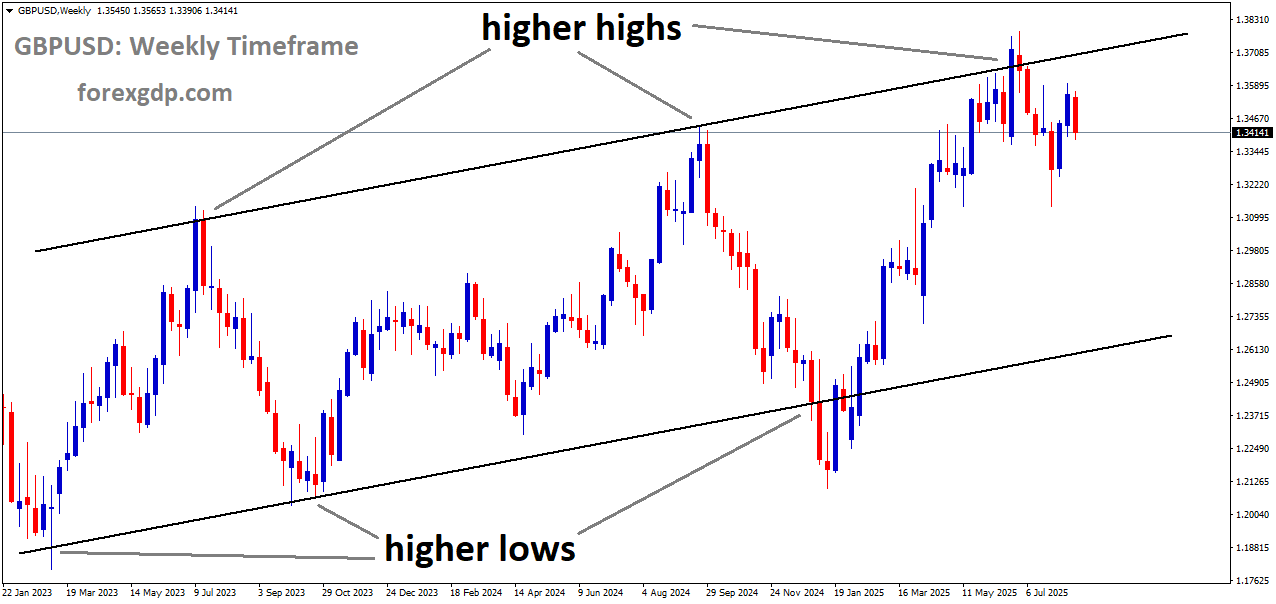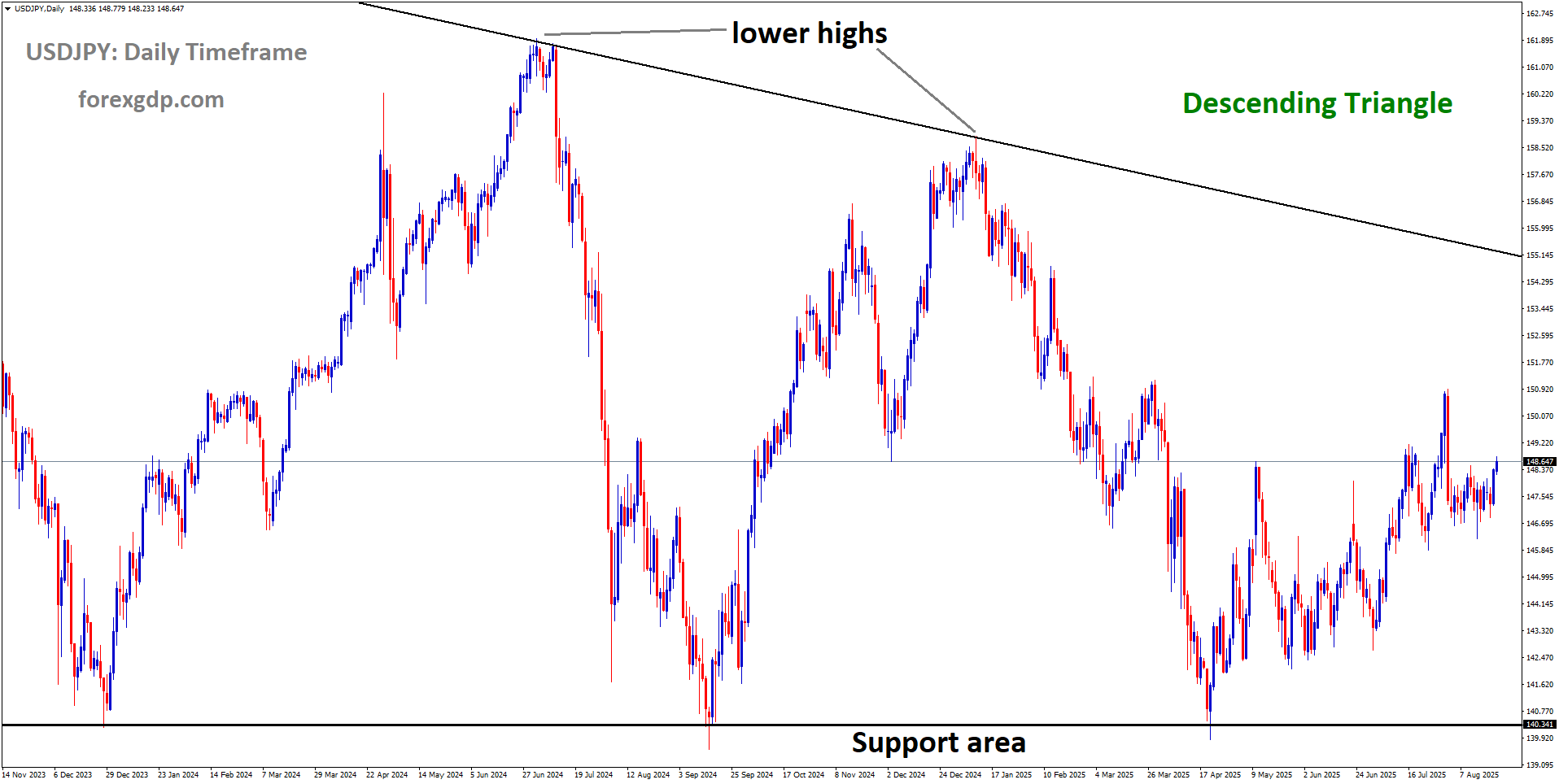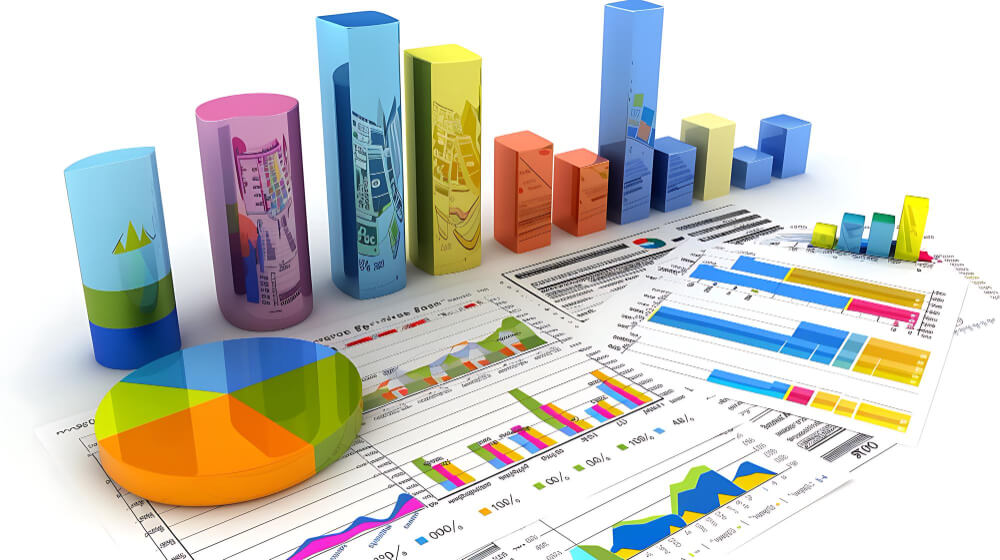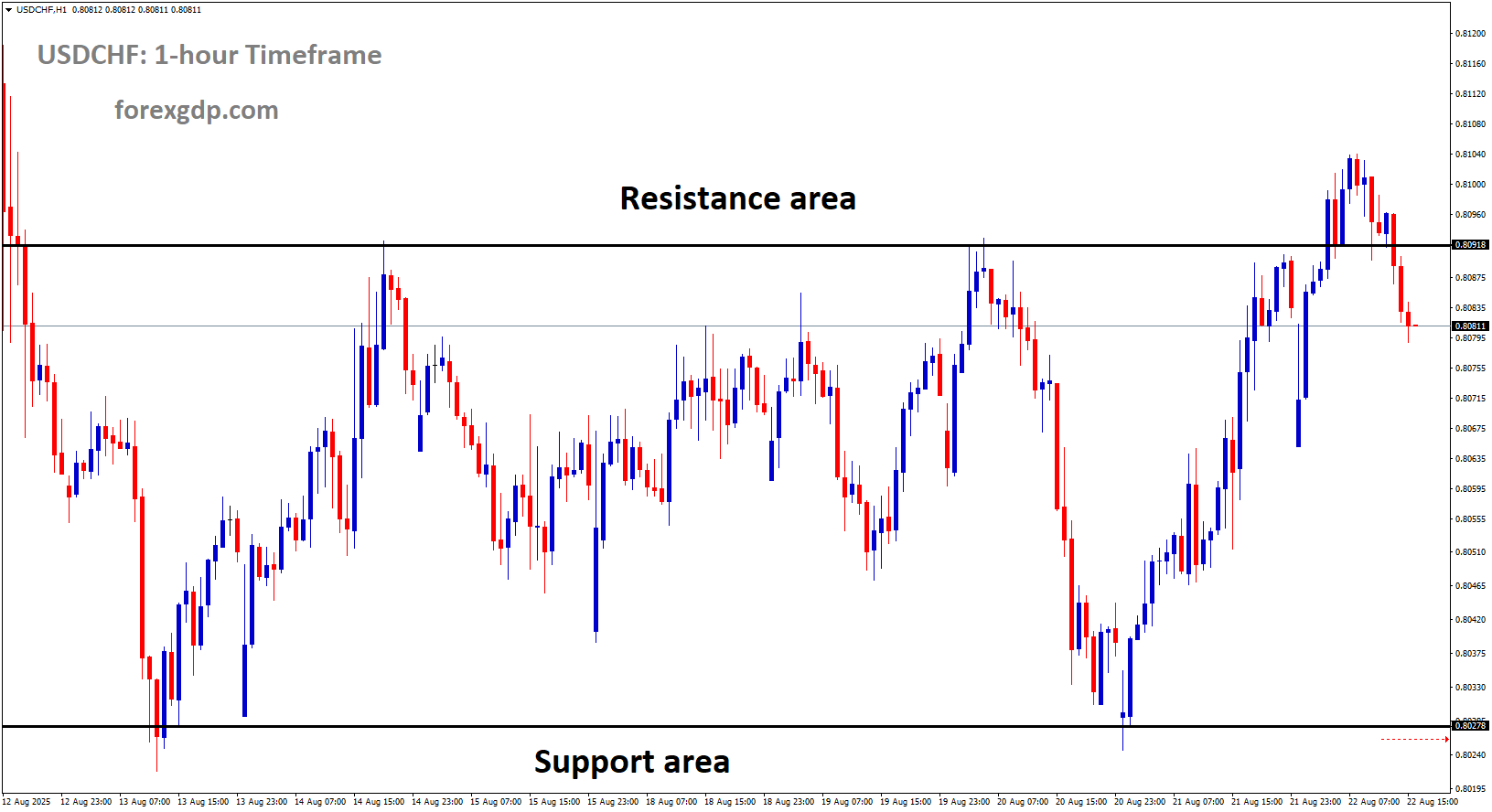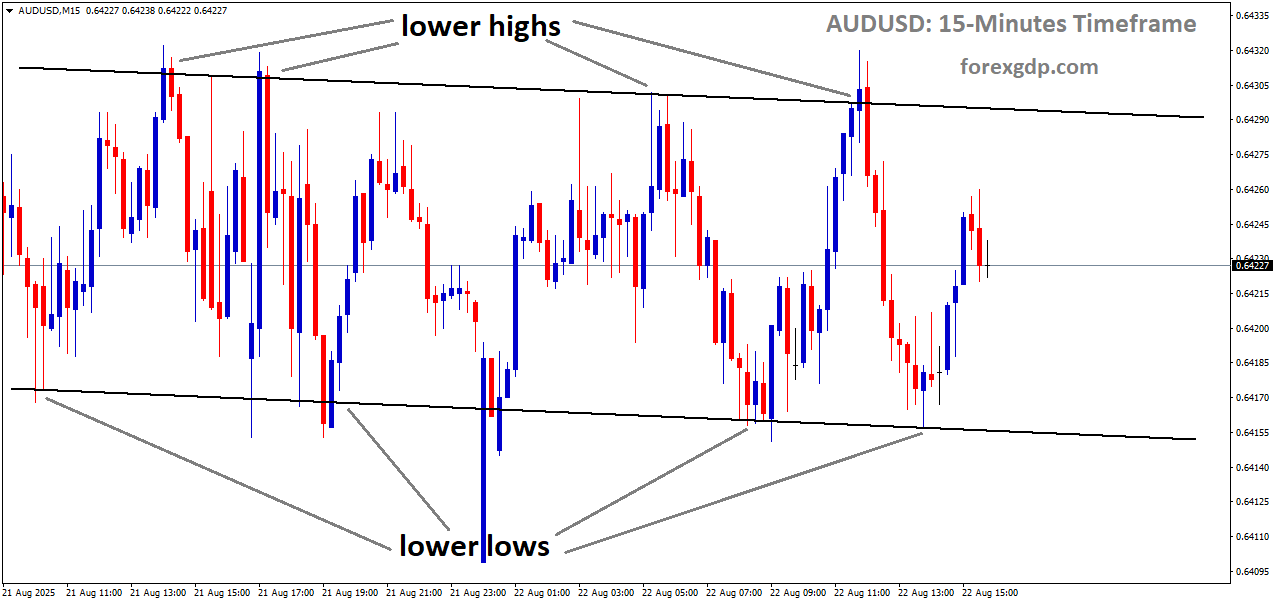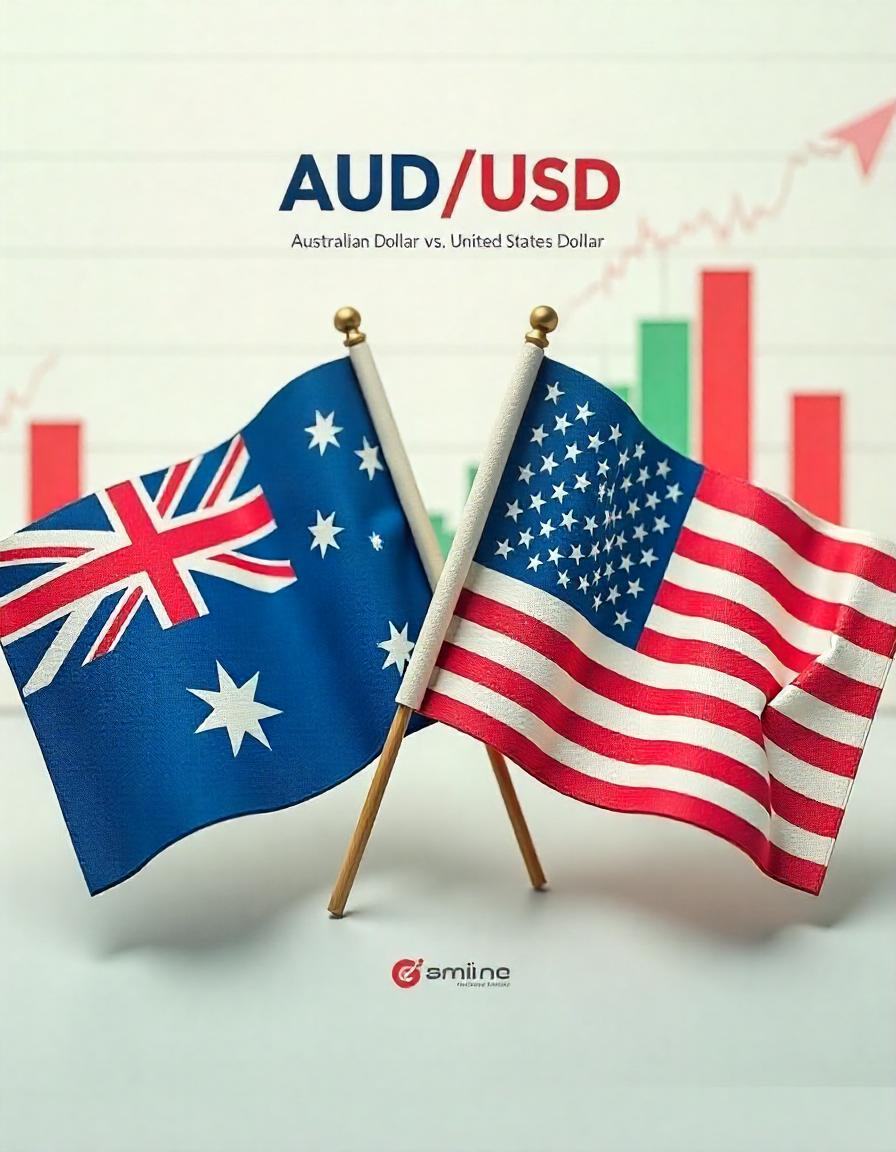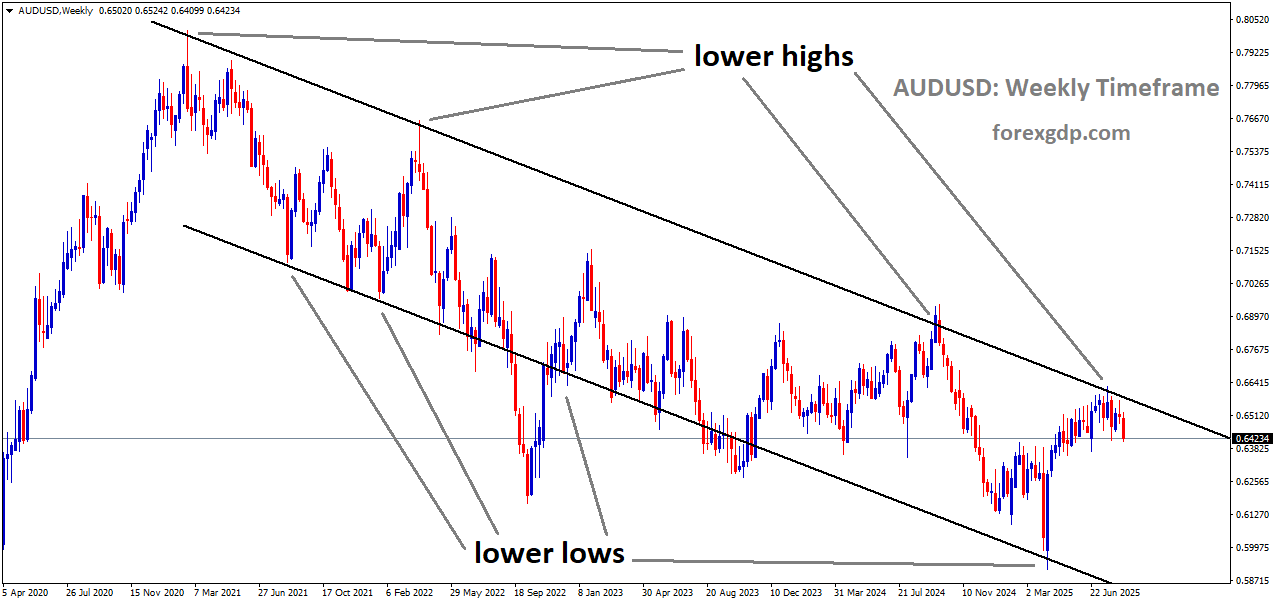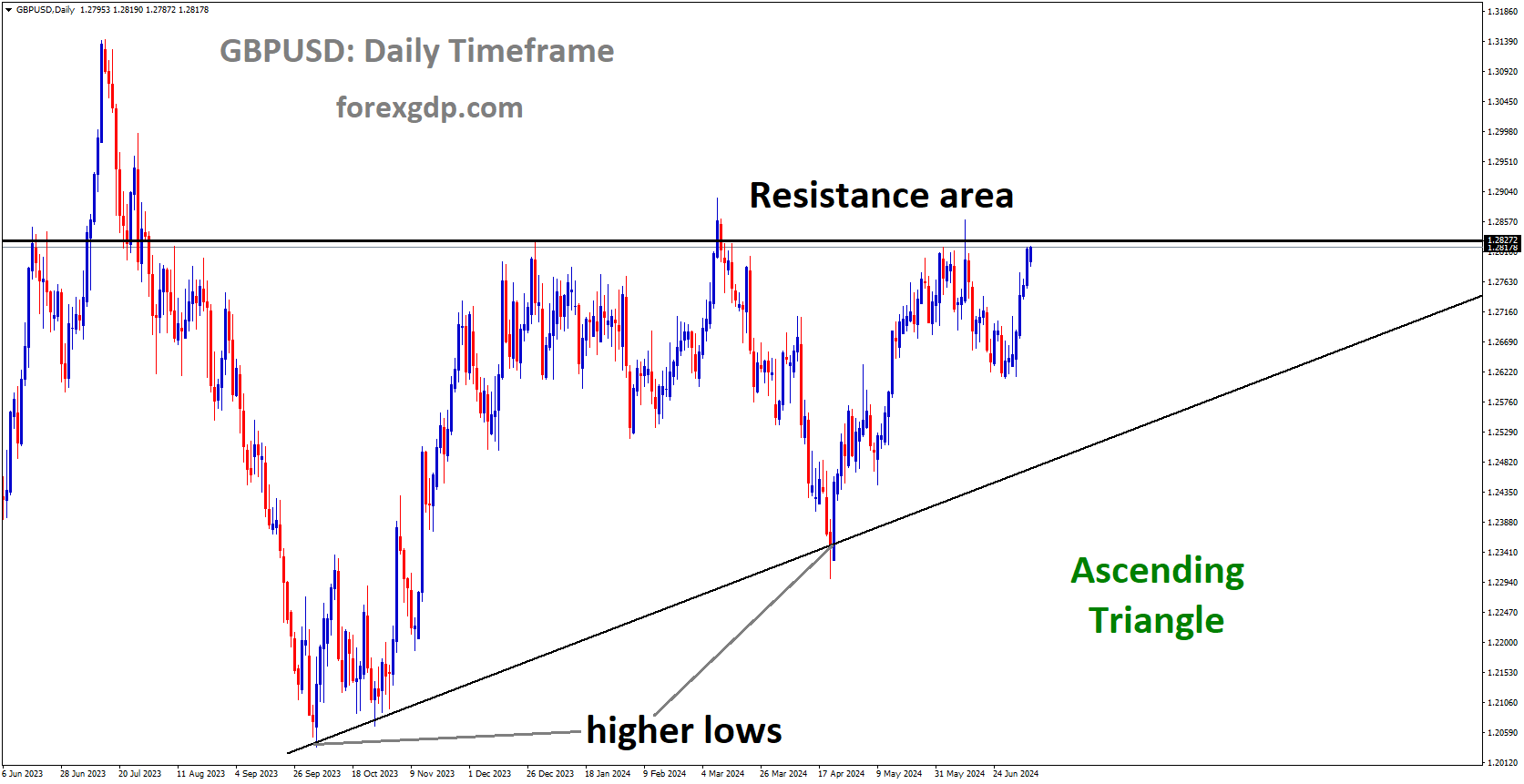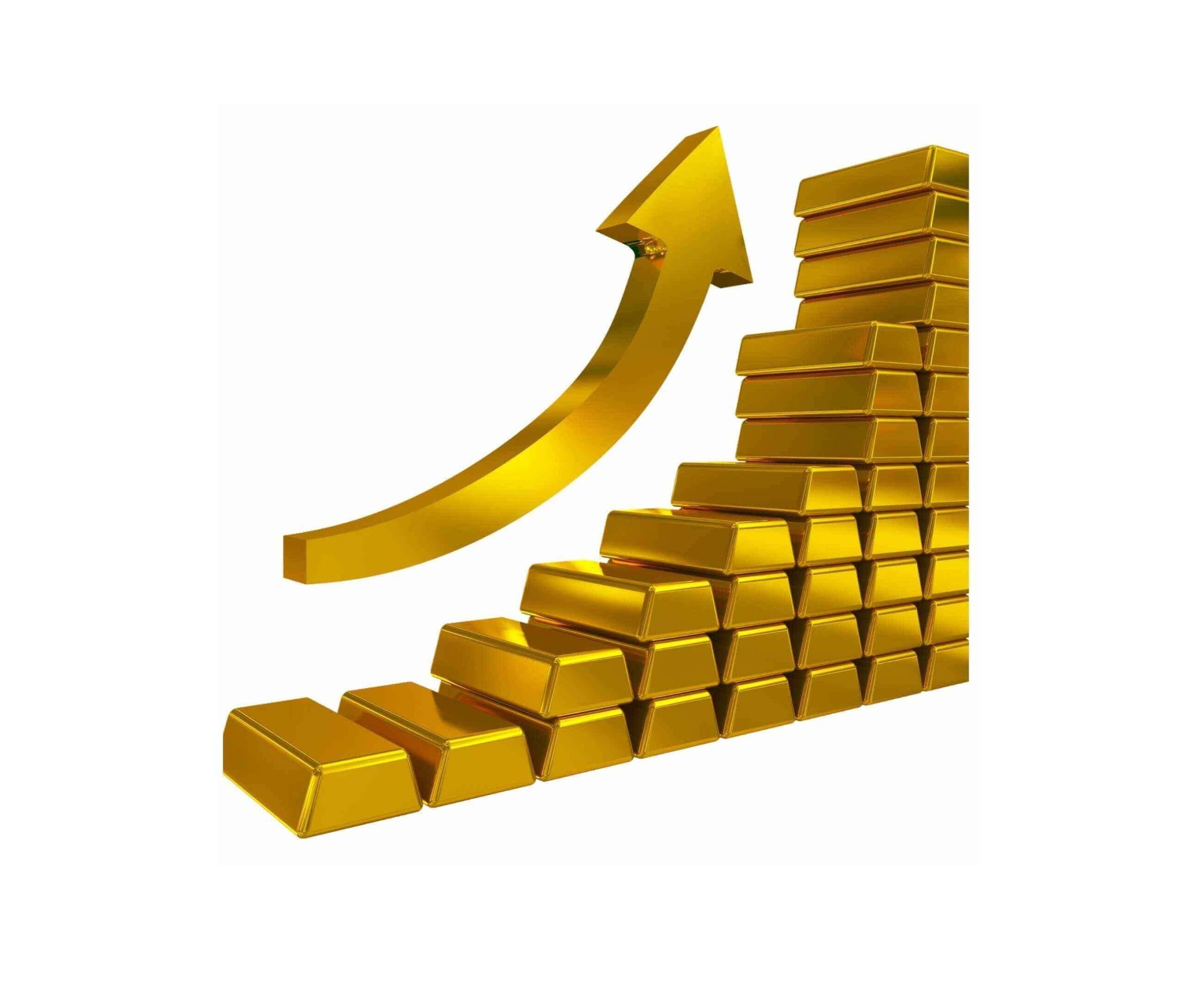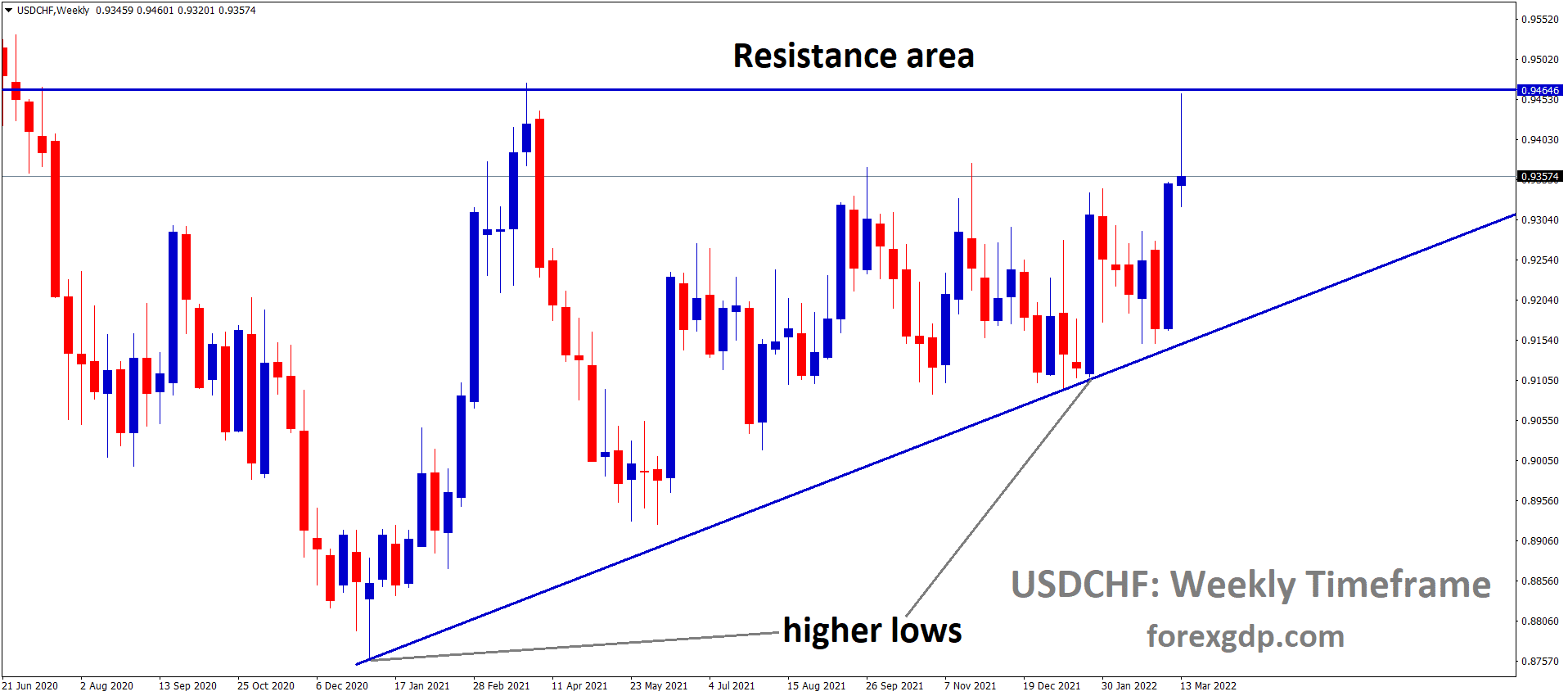EURUSD is moving in a downtrend channel, and the market has rebounded from the lower low area of the channel
Daily Forex Trade Setups Aug 22, 2025
Stay on top of market trends with our Daily Forex Trade Setups (Aug 22, 2025)
EURUSD holds steady, traders eye key US economic releases
The Euro is starting to regain strength after a surprising improvement in the Eurozone’s manufacturing sector. Better-than-expected data from key economies like Germany and France has fueled optimism and temporarily lifted the common currency. While the Euro showed signs of recovery during early European trading, the momentum has cooled slightly as markets now shift their attention to upcoming U.S. economic data and commentary from the Federal Reserve.
Stronger Manufacturing Activity Brings Optimism
The biggest boost to the Euro came from positive manufacturing data across the Eurozone. For the first time in months, the manufacturing sector showed signs of growth after a prolonged phase of contraction. This is significant because manufacturing is often a key indicator of economic stability and business confidence.
Germany and France, the two largest economies in the Eurozone, also reported encouraging numbers. Germany showed a notable rebound in manufacturing performance, while France registered moderate gains. These developments suggest that business activity across the region may be stabilizing, offering some relief after weeks of uncertainty.
This improvement is especially important because it offsets weaker-than-expected results in the services sector. Investors and businesses alike are now watching to see if this recovery in manufacturing will continue and support broader economic growth in the months ahead.
Markets Await Key U.S. Data and Fed Insights
While the Eurozone is celebrating better-than-expected data, all eyes are now on the United States. Investors are waiting for the latest reports on jobless claims and business activity, which are expected to shed light on the strength of the U.S. economy.
Focus on the Federal Reserve
One of the most anticipated events of the week is Federal Reserve Chairman Jerome Powell’s speech at the Jackson Hole symposium. Powell’s comments could provide valuable insight into the central bank’s plans for interest rates in the near term.
Investors have been speculating on whether the Fed will move toward easing rates soon. Although some expectations of a September rate cut have been dialed back, there is still a strong belief among traders that some form of policy shift could be on the horizon. The direction Powell provides could determine how the U.S. dollar behaves in the days to come — and, by extension, where the Euro heads next.
U.S. Economic Signals Suggest Slowdown
The U.S. labor market and business activity have been sending mixed signals. Preliminary data points to a potential slowdown in the services sector and slightly weaker performance in manufacturing. Rising jobless claims are also suggesting that the labor market, while still relatively strong, may be losing some momentum.
If these trends continue, they could increase pressure on the Federal Reserve to consider easing monetary policy sooner rather than later. Such a move would likely limit the U.S. dollar’s strength, potentially giving the Euro more room to climb.
Global Trade Tensions Add Complexity
Adding to the mix are ongoing trade discussions between the European Union and the United States. Recent updates have revealed details of a new trade deal that includes tariffs on certain European exports, such as a 15% tariff on European cars headed to the U.S. market.
While the deal aims to balance trade relations, such tariffs could have ripple effects across key industries in Europe. Investors are keeping a close eye on how these developments may impact the Eurozone economy and whether they could influence future currency trends.
Political Pressures in the U.S.
Meanwhile, political drama in the United States is adding another layer of uncertainty. Former President Donald Trump has renewed his criticism of the Federal Reserve, calling for the resignation of a key governor. This public pressure, while unlikely to lead to immediate changes, signals ongoing political interference that could create volatility in financial markets.
For investors and traders, this means staying alert to both economic indicators and political headlines, as both can have an outsized impact on the currency markets.
What This Means for the Euro
For now, the Euro remains in a cautious but optimistic position. The recent boost from stronger manufacturing data has helped it recover some ground, but the currency is still trading within its broader range. Without a clear directional trend, traders are hesitant to make big moves until more information from the U.S. becomes available.
EURUSD is moving in an uptrend channel
The next few days will be critical. If U.S. data confirms a slowdown and Powell signals a dovish shift in policy, the Euro could gain further strength. On the other hand, if U.S. data surprises to the upside or the Fed maintains a firm stance, the dollar could tighten its grip, limiting the Euro’s rebound.
Final Summary
The Euro’s recent recovery highlights how quickly market sentiment can change when fresh economic data surprises investors. Positive signs from Eurozone manufacturing, combined with moderate improvements in Germany and France, have given the currency a much-needed lift. However, uncertainty remains, with upcoming U.S. economic data and Federal Reserve policy updates holding the potential to reshape the market landscape.
For now, the Euro sits at a crossroads. While signs of regional recovery are promising, global economic pressures, trade complexities, and political tensions in the U.S. mean that volatility is likely to remain high. For traders, businesses, and investors, the key will be staying informed and ready to adapt as new developments unfold.
GBPUSD under pressure with fading bets on Federal Reserve rate cuts
The British Pound has been under some pressure lately, losing ground against the US Dollar over the past week. If you’ve been keeping an eye on the currency markets, you’ve probably noticed that the Pound has been sliding steadily, and many are wondering what’s causing this shift and what could come next. Let’s break it down in simple terms and look at the bigger picture without diving into complicated technical charts or market-level data.
Why the Pound Is Losing Ground
Over the past several days, the US Dollar has been gaining strength, and this is the main reason the Pound is slipping. Investors are feeling more confident about the US economy and less certain about what’s happening in the UK, which is tipping the balance in favor of the Dollar.
One key factor influencing this trend is investor sentiment ahead of key updates from the US Federal Reserve (Fed). Traders are paying close attention to comments from Federal Reserve Chair Jerome Powell, especially his speech at the Jackson Hole Symposium. These updates often give clues about where US interest rates might be headed, and when investors sense that rates could stay higher for longer, it usually strengthens the Dollar.
GBPUSD is moving in a downtrend channel, and the market has rebounded from the lower low area of the channel
At the same time, in the UK, there are mixed signals. While some recent data shows growth in certain sectors, ongoing concerns about inflation and slower hiring trends are keeping pressure on the Pound. The combination of a strong Dollar and uncertainty in the UK economy creates the perfect environment for the Pound to struggle.
The Role of Economic Data
Economic data releases from both the US and the UK are driving much of this activity in the currency market. Let’s take a closer look at what’s been happening:
Positive Signs in the UK
The UK economy isn’t entirely in trouble. The latest Purchasing Managers’ Index (PMI) report for August showed that overall business activity picked up, with growth in the services sector leading the way. This suggests that parts of the UK economy are still resilient and that businesses are finding ways to grow despite challenging conditions.
However, there are still underlying problems. Many companies are struggling with rising costs, especially from higher National Insurance contributions, and some are continuing to cut jobs to manage expenses. These pressures make it harder for the economy to gain momentum, even with positive signals in some sectors.
US Confidence and Interest Rates
Meanwhile, the US economy continues to show strength, with steady consumer demand and controlled inflation levels giving the Federal Reserve more flexibility. While some had expected the Fed to start cutting rates soon, recent comments from Fed officials suggest they’re not in a hurry. This confidence in the US economy has given the Dollar a boost, pushing currencies like the Pound lower.
Global Tensions Add to Market Uncertainty
It’s not just economic numbers that are influencing the currency markets—geopolitical factors are playing a big role too. The ongoing conflict between Russia and Ukraine has resurfaced in headlines after a recent attack in Kyiv, and tensions remain high. Diplomatic efforts to find a resolution have yet to produce meaningful results, even after high-level meetings between global leaders.
Investors tend to look for safer assets during uncertain times, and the US Dollar is often viewed as one of the safest bets. So, when global tensions rise, demand for the Dollar increases, which can add more pressure on currencies like the Pound.
What This Means for the Pound Moving Forward
So, where does all of this leave the British Pound? While it’s clear that the Dollar’s strength and ongoing uncertainty are weighing it down, the story isn’t all negative.
The UK still has areas of growth, and if upcoming data shows stronger economic performance or if inflation begins to ease, it could provide some relief for the Pound. Similarly, if the US Federal Reserve shifts toward cutting interest rates sooner than expected, it could weaken the Dollar and give the Pound some breathing room.
For now, though, the trend is cautious. Both individual traders and institutional investors are watching closely for updates from central banks and new economic data to guide their decisions.
What Investors and Businesses Should Keep an Eye On
If you’re an investor, business owner, or just someone curious about the markets, there are a few key things to watch in the coming weeks:
-
Upcoming Economic Reports – Key data releases from both the US and UK could influence sentiment quickly. Keep an eye on inflation numbers, job reports, and growth indicators.
-
Central Bank Statements – Updates from the Bank of England and the Federal Reserve are crucial, as even subtle changes in language can shift market expectations.
-
Global Headlines – Geopolitical developments, especially related to the Russia-Ukraine conflict or other international tensions, can create sudden movements in the currency market.
GBPUSD is moving in an uptrend channel
Being aware of these factors can help you better understand market trends without getting lost in the noise.
Final Summary
The Pound’s recent slide isn’t just about domestic issues—it’s the result of a combination of a strong US Dollar, cautious signals from central banks, and ongoing global uncertainties. While the UK economy shows some positive signs, challenges like rising costs and weaker labor demand continue to weigh on investor confidence.
For now, the Pound remains under pressure, but this could change quickly depending on how upcoming economic data and global events unfold. Staying informed and focusing on the bigger picture, rather than getting caught up in daily fluctuations, is the best approach for anyone watching this dynamic currency pair.




